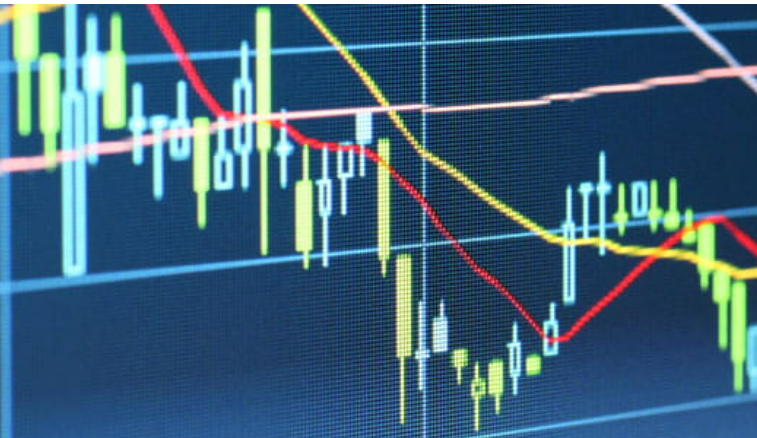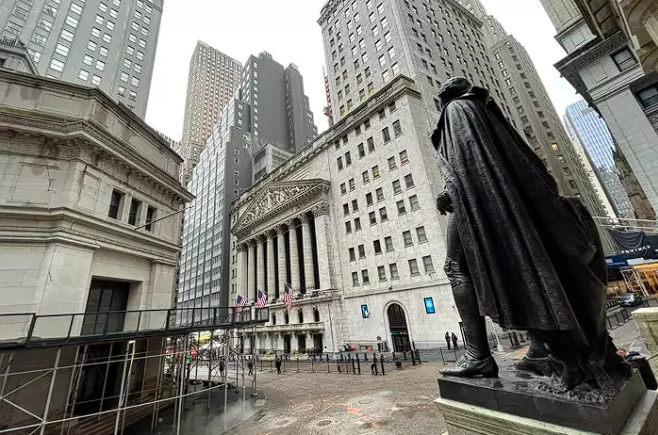
Yoshiki Marjory
Sep 27, 2022 16:38

As traders exit riskier assets, the S&P 500 keeps trying to settle below the support level at 3660.
A fresh high is being tested by Treasury yields. The yield on 10-year Treasuries is currently attempting to get above 3.85%. 10-year Treasuries yielded barely 2.60% at the beginning of August, so the recent upward movement was significant.
REITs are under a lot of pressure from rising Treasury yields. Ones of the S&P 500's greatest losers today is Vornado Realty, followed by Ventas, Prologis, and Kimco Realty.
The pressure on energy stocks has increased as WTI oil tested new lows. In today's trading session, Baker Hughes, Hess, and Halliburton are all down more than 3%.
Today, some tech stocks are attempting to recover, including Apple and Amazon. Other tech equities, which have been sluggish lately, are still falling. NVIDIA and Meta are reaching fresh lows.
It should be mentioned that a strong currency also acts as a deterrent for American stocks by raising the cost of investing for foreigners. The U.S. Dollar Index recently tested highs last seen in 2002. The worldwide flight to safety, which is negative for riskier assets like stocks, is highlighted by the dollar's surge.

Sep 26, 2022 15:01

Sep 27, 2022 16:43